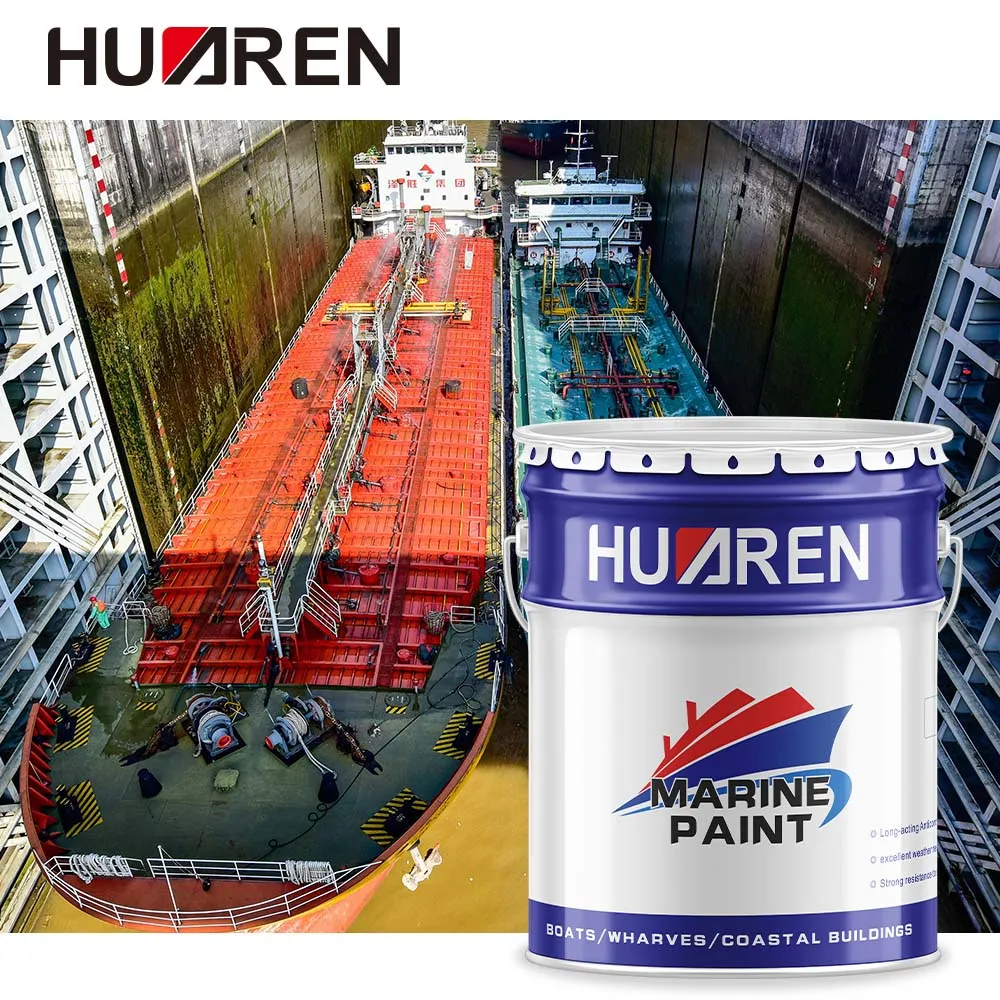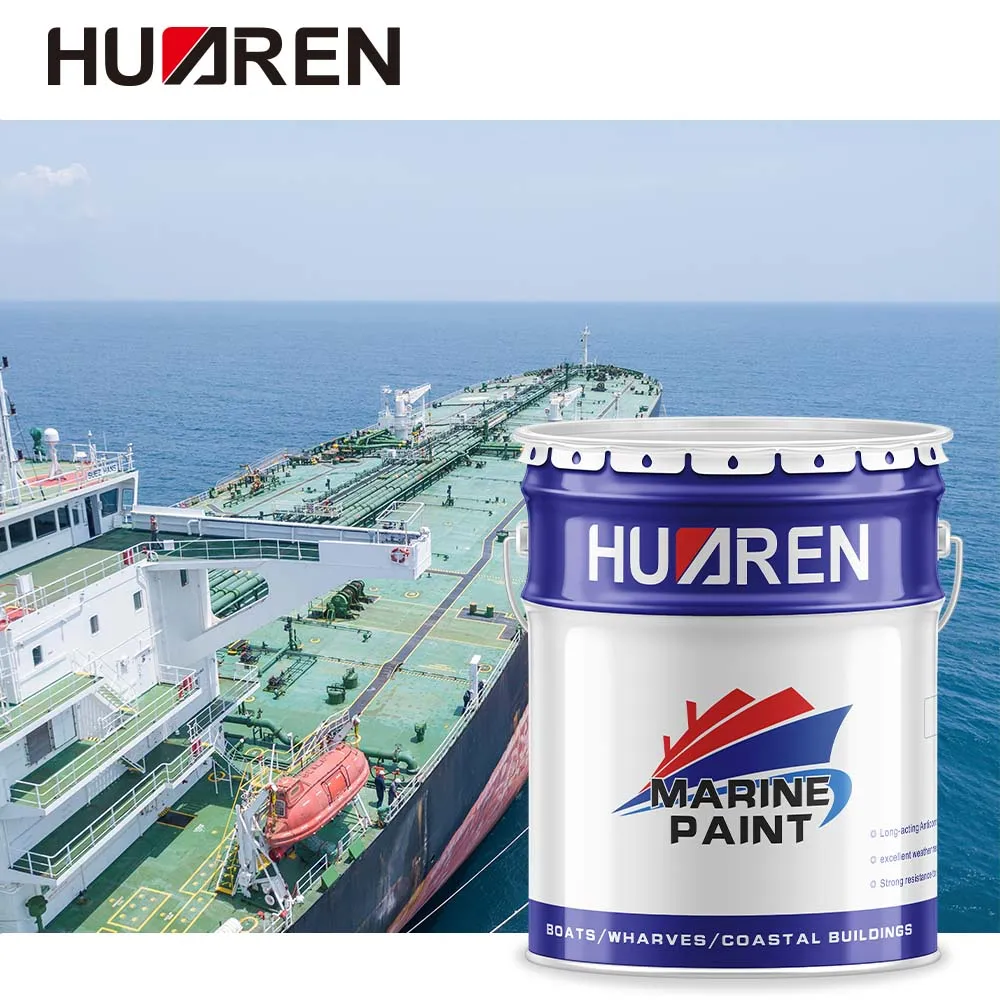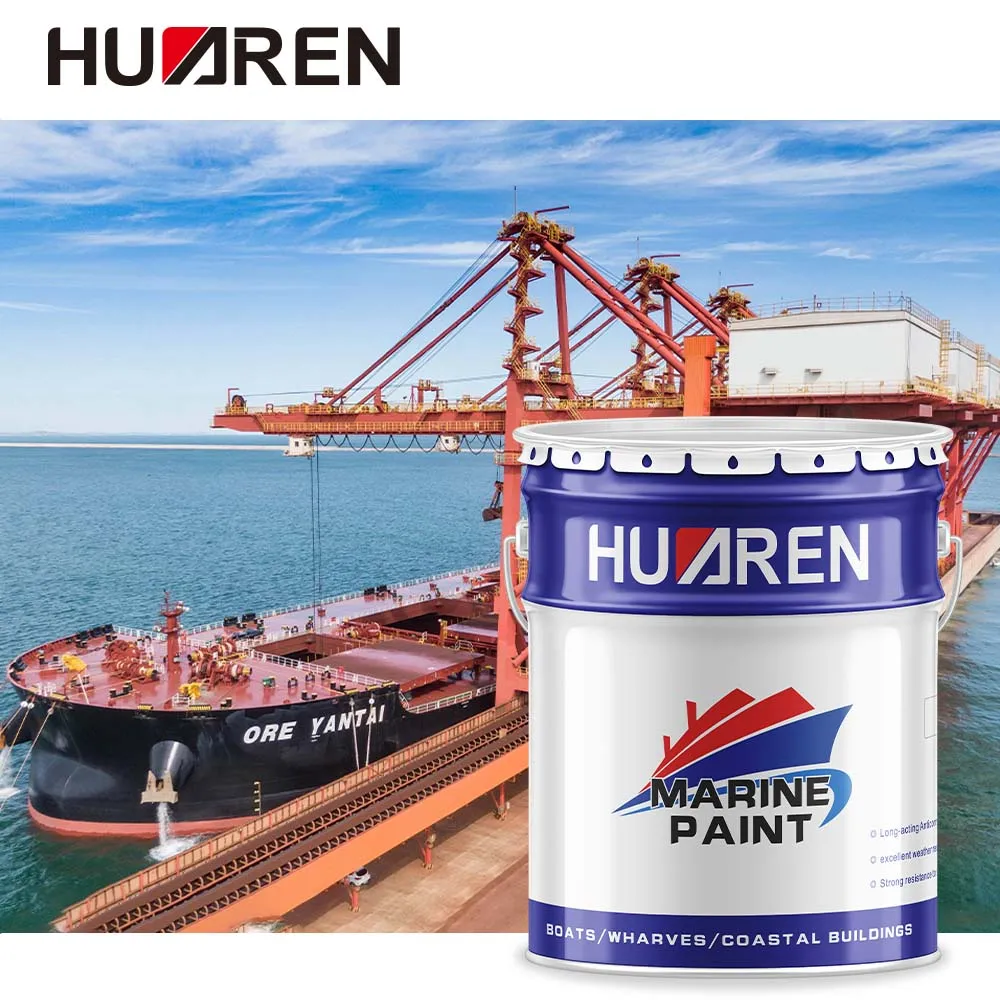Marine antifouling paint is a coating used to reduce or prevent marine organisms from attaching to the underwater part of the hull. It is widely used in various types of ships, including merchant ships, yachts, fishing boats and warships. As ships sail in the ocean for a long time, their underwater parts are exposed to the influence of seawater, marine organisms and other environmental factors. Marine organisms such as shellfish and algae are easily attached to the surface of the hull. These attachments will increase friction resistance, reduce speed, increase fuel consumption, and accelerate corrosion and damage to the hull surface. Therefore, the use of marine antifouling paint has become one of the key measures to ensure the operating efficiency and extend the service life of ships.
However, the effect of marine antifouling paint depends not only on the type and quality of the paint, but also on the thickness of the coating. It also has an important impact on the antifouling effect. So, how thick does marine antifouling paint need to be applied to ensure its antifouling effect?
This article will explore the impact of the thickness of marine antifouling paint on the antifouling effect of ships from multiple aspects, and provide scientific guidance based on different situations.

What is the role of antifouling paint?
The main role of antifouling coating is to reduce the underwater friction resistance of the hull by preventing marine organisms from attaching to the surface of the hull, thereby improving the navigation performance of the ship and saving fuel consumption. Antifouling coating usually includes two major functions:
● Preventing biological attachment: antifouling paint reduces the attachment of marine organisms such as algae and shellfish to the surface of the hull through its smooth surface and anti-attachment chemical properties. Some types of antifouling coating also contain chemical components that can inhibit the growth of marine organisms, such as metal ions such as copper and tin, and use the toxicity of these substances to effectively inhibit the growth of attached organisms.
● Reduce friction resistance: When the antifouling coating is formed on the surface of the hull, the accumulation of attachments is reduced, the surface of the hull remains relatively smooth, and the friction of the hull when sailing in the water is reduced, thereby improving the speed and fuel efficiency of the ship.
The working principle of marine antifouling paint does not only rely on the surface smoothness of the coating, but also includes the continuous release of the coating components. Self-polishing antifouling paint and hard antifouling paint respectively resist the attachment and growth of marine organisms to varying degrees, while the thickness of the coating affects the durability and effectiveness of the active ingredients in the paint.

Relationship between the coating thickness and antifouling effect of marine antifouling paint
The coating thickness of marine antifouling paint directly affects its antifouling effect and service life. Generally speaking, a coating that is too thin may result in an insignificant antifouling effect, while a coating that is too thick may lead to problems such as waste of resources and coating shedding. To ensure the effectiveness of antifouling paint, appropriate coating thickness is essential.
1. Risks of too thin coating thickness of antifouling paint
If the coating of marine antifouling paint is too thin, it may not be able to effectively prevent the attachment of marine organisms, resulting in algae, shellfish and other attachments on the hull surface. The active ingredients of antifouling coating may not be sufficient to continuously inhibit biological growth, thereby failing to achieve the expected antifouling effect. In addition, thin coatings may be easily worn or damaged due to long-term ship operation, friction and collision, causing the effect of antifouling paint to decay rapidly.
Thin coatings may also cause the adhesion between the marine antifouling paint and the hull surface to be insufficient, which may lead to problems such as falling off and peeling. This usually occurs when the coating process is improper or the paint quality is not high. If the antifouling coating is too thin and the paint quality is poor, the hull will lose effective antifouling protection, resulting in serious biological adhesion problems and increased maintenance costs for the ship.
2. Risk of too thick antifouling paint coating
Although the coating thickness of marine antifouling paint directly affects its antifouling effect, too thick a coating is not the best choice. Too thick antifouling paint coating may cause the following problems:
● Waste of paint: Too thick antifouling paint coating will lead to waste of paint, because the protective effect of antifouling paint mainly comes from the smoothness of the coating surface and the gradual release of chemical components, rather than the thickness of the coating. Too thick a coating does not significantly improve the antifouling effect, but instead causes unnecessary cost increases.
● Decreased adhesion: When the antifouling paint coating is too thick, the adhesion between the coating and the hull may be affected, especially when the ship sails frequently and the hull surface is subjected to friction and impact for a long time, the coating may be more likely to peel off or be damaged.
● Not conducive to the reduction of underwater friction: If the antifouling paint coating is too thick, it may change the smoothness of the hull surface, resulting in increased underwater friction, thereby reducing the navigation efficiency of the ship and increasing fuel consumption.
3. Selection of appropriate coating thickness
Usually, the coating thickness of marine antifouling paint needs to be determined according to the type of ship, the use environment and the type of antifouling paint. Generally speaking, the coating thickness of antifouling paint should be controlled within the following range:
● Self-polishing antifouling paint: Self-polishing antifouling paint usually has a thinner coating, generally between 100 and 150 microns. Self-polishing paint has good self-repairing function and can gradually release active ingredients through water flow and friction, so it does not need to be applied particularly thickly.
● Hard antifouling paint: For hard antifouling paint, the coating thickness is generally between 150 and 250 microns. This type of antifouling coating is more suitable for high-speed ships or motorboats, with strong adhesion and wear resistance, and thicker coatings can provide longer protection.
● High-efficiency antifouling paint: For some special ships, such as merchant ships or fishing boats, which have long sailing time and are usually in a harsh environment, these ships may require thicker antifouling paint coatings, and the coating thickness is generally between 250 and 300 microns. This can ensure the long-term effect of antifouling paint and effectively prevent biological adhesion.
It should be noted that the thickness of the coating is not only affected by the paint itself, but also closely related to factors such as the coating process, environmental conditions, and coating equipment. When painting, the manufacturer's recommendations and standards should be followed to ensure that the coating thickness achieves the best effect.

How to ensure the effect of antifouling paint coating?
In addition to choosing the right coating thickness, ensuring the effect of the marine antifouling paint coating also requires attention during the coating process and post-maintenance.
1. Scientific coating process
During the coating process, the process requirements provided by the paint manufacturer should be strictly followed, including surface treatment, number of coatings, drying time, etc. Normally, antifouling paint needs to be applied in multiple layers, and each layer needs to be fully dried between them. During the coating process, defects such as bubbles and wrinkles should also be avoided, which will directly affect the uniformity and adhesion of the coating.
2. Regular inspection and maintenance
Even if the antifouling paint coating has been applied to the appropriate thickness, the ship still needs regular inspection and maintenance. The ship owner should regularly check whether the coating is intact and ensure that the coating has not peeled, fallen off or been excessively worn. Once the coating is found to be damaged, it should be repaired in time to prevent the attachment of marine organisms.
3. Proper maintenance
In addition to regular inspections, proper maintenance is also the key to ensuring the long-term effectiveness of marine antifouling coating. Ships should avoid docking in ports or stationary waters for a long time to reduce the situation of poor water flow on the hull surface. In addition, ship owners should pay attention to avoid collisions between the hull and hard objects to reduce damage to the antifouling paint coating.
Based in China, Huaren Chemical Industry Co., Ltd. is a reputable paint and resin manufacturer trusted by international customers. We supply a complete range of industrial coatings, from corrosion-resistant epoxy to decorative acrylics and environmentally friendly water-based systems. With 30 high-tech production lines and a total capacity over 20,000 tons per year, we ensure fast lead times and stable supply for every bulk order. We offer wholesale rates, customized labels, and cost-effective prices to meet your project requirements.

